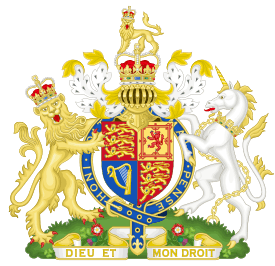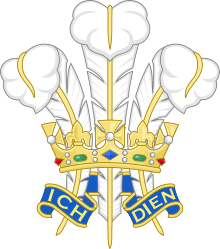Mappin & Webb
Mappin & Webb was founded in 1775 when Jonathan Mappin opened a Sheffield based silver workshop, then as now a major centre of the English silver trade.
History
As a natural progression from silverware, Mappin & Webb created jewels for royal courts across the globe, from the Queen of France Marie-Antoinette, to the Empress of Russia and Princess Grace of Monaco. The brand historically held Royal Warrants to both the Russian Empire and the Japanese Royal Household.
Queen Victoria was the first Monarch to commission Mappin & Webb. Her Majesty's Golden Jubilee necklace was created by the house in 1888 and was designated by the Monarch as an heirloom of the crown.
Royal Warrant holders since 1897, Mappin & Webb maintains warrants to both Her Majesty The Queen and His Royal Highness The Prince of Wales.
The company's royal connection was further cemented by the appointment of Mappin & Webb’s master craftsman in 2012, to the position of Crown Jeweller. The Crown Jeweller is the custodian of the Crown Jewels and is responsible for preparing them for the State opening of Parliament and other state occasions.
International development and current day
The first Mappin & Webb store opened in 1860 at 77-78 Oxford Street, London and with this the company’s candelabras, lifestyle, fine silverware and vanity products fast gained renown. The 1890s then spearheaded four decades of expansion for the brand.
Mappin & Webb's first overseas store was established in Johannesburg and stores soon followed in Buenos Aires and Sao Paulo, Biarritz, Hong Kong and Shanghai, Cairo and Bombay.
After a brief spell in the Asprey Garrard group, today the company forms part of the retail group Aurum Holdings.[1] Mappin and Webb continues to produce classic silverware, fine jewellery collections and is a retailer of luxury timepieces. Mappin & Webb boutiques offer timepieces from high end Swiss watch houses, including Rolex, Jaeger-LeCoultre, Patek Philippe and Omega.
The brand also has a strong sporting heritage: it produced the original Ryder Cup and created trophies for the Royal Ascot for 75 years.
Bank branch
_-_geograph.org.uk_-_1229496.jpg)
A branch of Mappin & Webb[2] once occupied a prime location in the City of London, at the junction of Poultry and Queen Victoria Street, adjacent to Bank junction, in the City of London. Designed in the neo-gothic style by John Belcher in 1870, the listed building was demolished to make way for the construction of a Postmodern office and retail building – No 1 Poultry – despite a fiercely fought and highly publicised campaign to save the 19th-century building.
References
- The Sheffield Knife Book, by G. Tweedale, Hallamshire Press, ISBN 1-874718-11-3
External links
![]() Media related to Mappin & Webb at Wikimedia Commons
Media related to Mappin & Webb at Wikimedia Commons

.svg.png)

